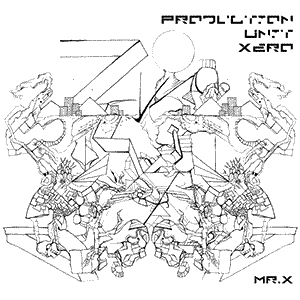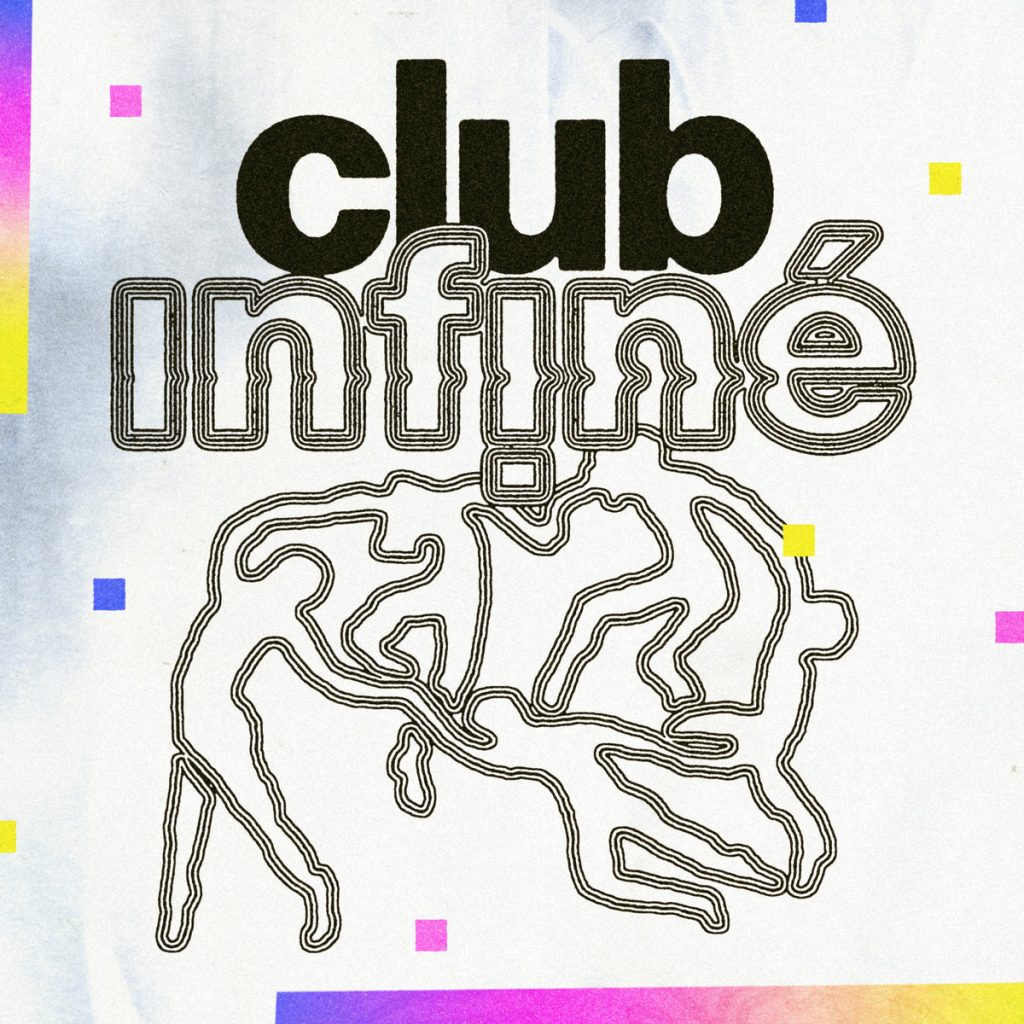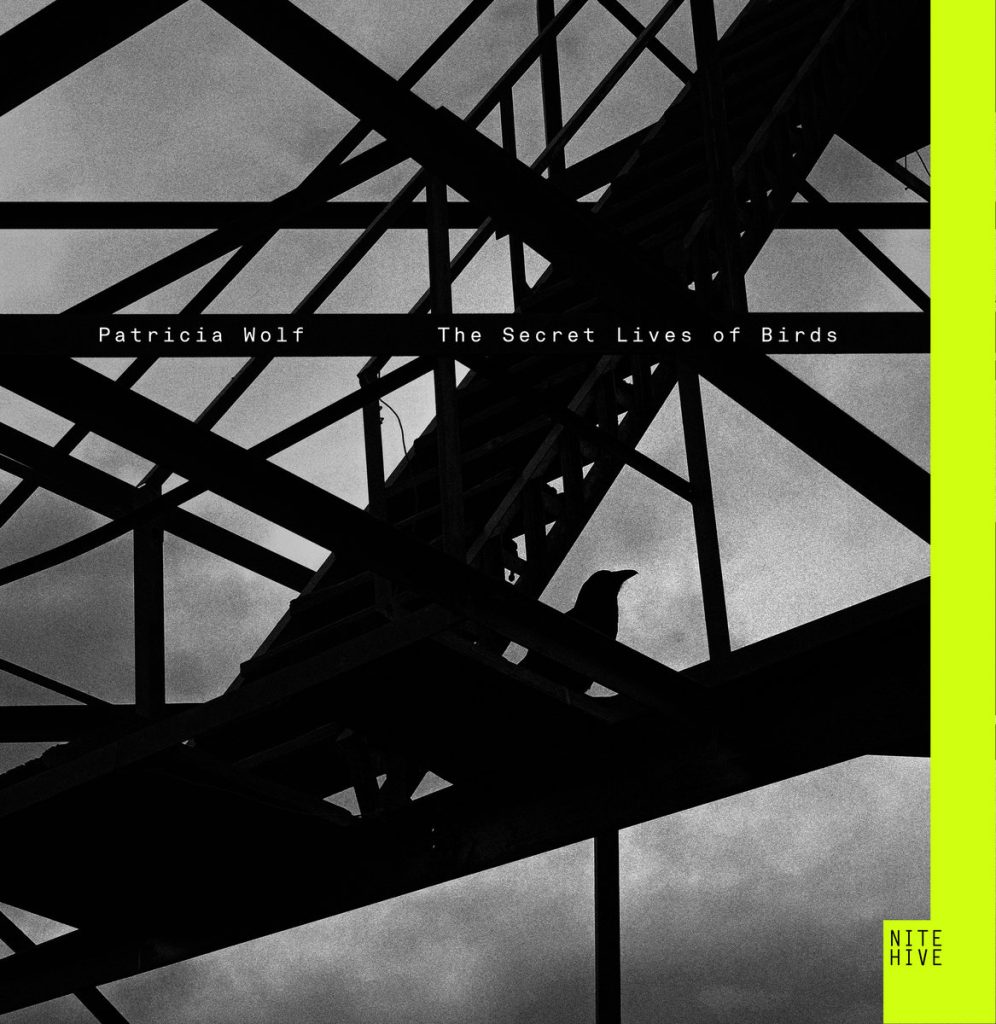Artist Spotlight: A Guy Called Gerald

A Guy Called Gerald
Gerald Simpson, widely known in the music world as A Guy Called Gerald, is an electronic music producer and DJ recognized for his significant contributions to the development of acid house, drum and bass, and techno genres.
Simpson’s initial foray into music began as a breakdancer, where he first encountered electro-funk. Inspired by electro-funk and the rising wave of Chicago house, he soon turned to producing his own music using rudimentary drum machines and synthesizers. During his early years, he drew inspiration from artists like Kraftwerk and pioneering house DJs like Frankie Knuckles and Ron Hardy.
Simpson’s music career truly took off when he became a founding member of the seminal British house music group, 808 State. He co-wrote their first album “Newbuild” in 1988, which is now considered a classic in the acid house genre. Notably, the album included the track “Flow Coma,” which showcased Simpson’s innovative use of the Roland TB-303, a signature instrument of the acid house sound.
However, his tenure with 808 State was short-lived, and he left the group following disputes over the credits for their hit “Pacific State,” which he claimed to have co-written.
Undeterred, Simpson struck out on his own as A Guy Called Gerald and released his seminal track “Voodoo Ray” in 1988. The track, characterized by its haunting melody, tribal rhythms, and a unique blend of house and techno, became one of the defining songs of the acid house era and cemented Simpson’s reputation as a leading figure in the UK electronic music scene.
In 1995, Simpson released “Black Secret Technology,” an album that played a significant role in shaping the drum and bass genre. Fusing elements of jungle, techno, and ambient music, the album is widely recognized for its intricate rhythms and lush soundscapes, marking another significant milestone in Simpson’s musical journey.
Despite his profound impact on acid house and drum and bass, Simpson’s work cannot be confined to these genres alone. His restless creativity and innovation have seen him continually exploring new sonic territories, from the techno and house grooves of his 2000 album “Essence” to the ambient and dub-influenced sounds of “To All Things What They Need,” released in 2005.
Over his career, A Guy Called Gerald has worked with a diverse range of artists, including David Bowie, Tricky, and Lamb, displaying his versatility and adaptability across various musical landscapes.
A key figure in the evolution of UK electronic music, Simpson continues to be an influential and revered figure. His ability to continually evolve and adapt to the changing musical landscape, coupled with his relentless creativity and a deep understanding of rhythm and melody, has earned him a lasting place in the annals of electronic music.
A Guy Called Gerald’s journey from a young breakdancer in Manchester to a globally recognized electronic music pioneer underlines his immense talent and dedication. His enduring influence is a testament to his unique musical vision, demonstrating the profound impact one can have when they explore and experiment with music fearlessly. His legacy serves as an inspiration for countless artists who aspire to leave their own mark in the vast universe of electronic music.
Works
- “Hot Lemonade” (1989): This is Simpson’s debut album as A Guy Called Gerald. It contains the classic track “Voodoo Ray,” one of the most memorable anthems of the acid house era. The album itself showcases Simpson’s early explorations in house and dance music.
- “Automanikk” (1990): This is the second studio album by A Guy Called Gerald. The album moves away from the playful acid house of his debut, instead offering a darker, harder-edged techno sound. It includes the influential track “Automanikk (Bass Overload Mix),” which anticipated the breakbeat-heavy sounds of UK hardcore and jungle.
- “28 Gun Bad Boy” (1992): This album represents a turning point in Simpson’s career, as he began to incorporate elements of breakbeat, hardcore, and jungle into his music. The title track is considered a classic of early jungle music.
- “Black Secret Technology” (1995): Often considered one of Simpson’s masterpieces, “Black Secret Technology” is an exploration into the world of jungle and drum and bass. The album’s combination of complex, fast-paced rhythms with lush, atmospheric synths and samples is a hallmark of Simpson’s mature style.
- “Essence” (2000): A departure from the high-energy sounds of his drum and bass work, “Essence” is a more downtempo, introspective album. With guest vocals from artists like Lady Kier and Wendy Page, the album offers a sophisticated fusion of house, techno, and trip-hop.
- “To All Things What They Need” (2005): This album continues in the atmospheric, downtempo vein of “Essence.” Here, Simpson blends elements of dub, ambient, and experimental electronica, demonstrating his broad sonic palette and ongoing creative evolution.




